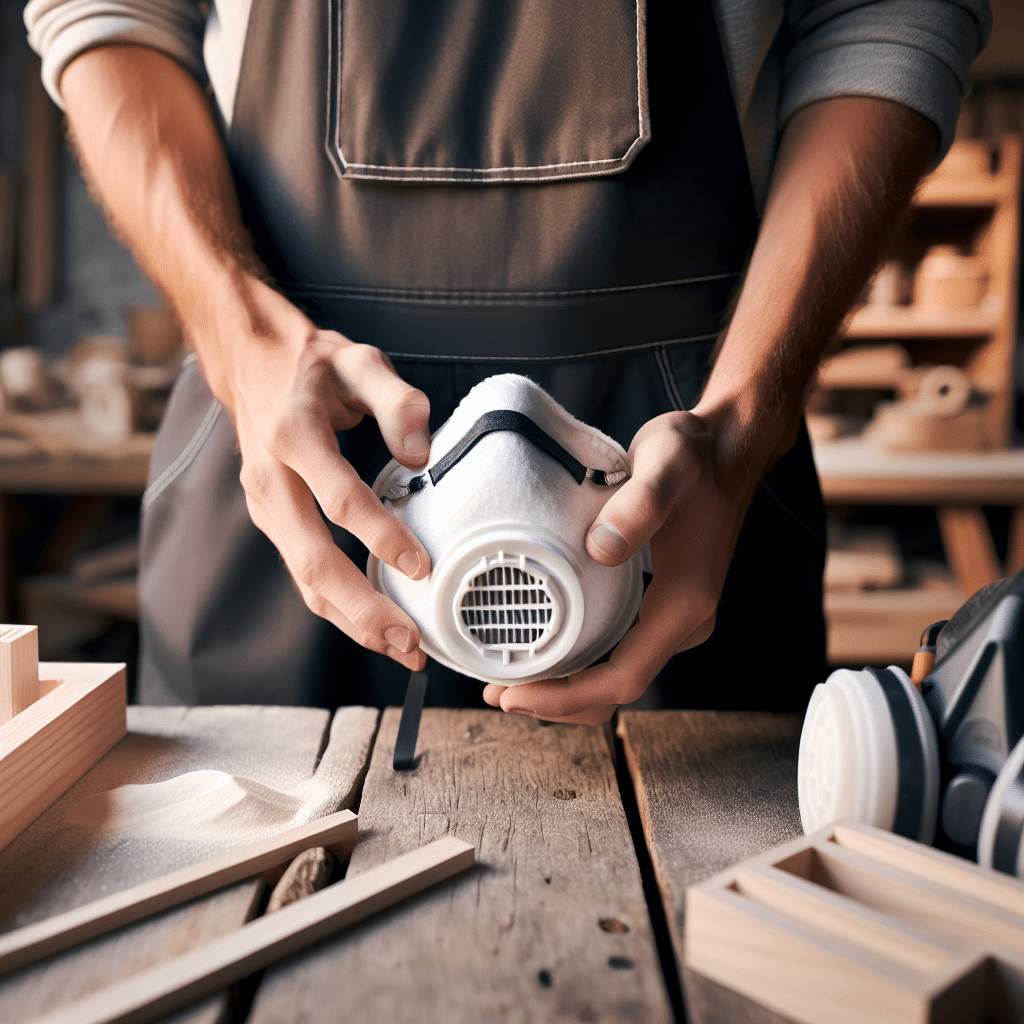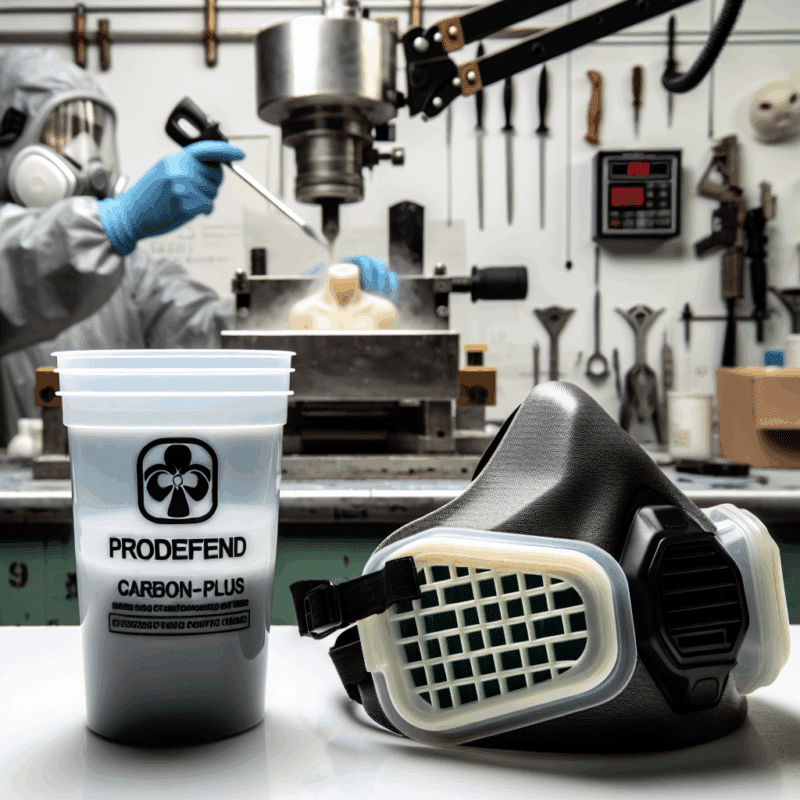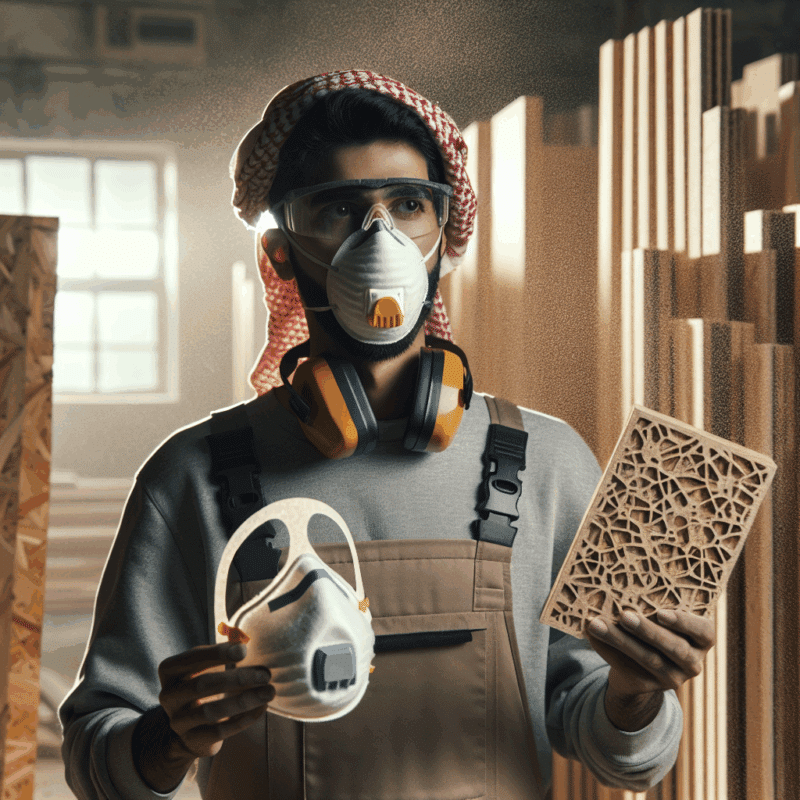Fast Filter Swap: Keep Working with FlowCore & ProDefend Masks
In This Article
- Always perform a dust mask filter swap in a clean, controlled environment.
- Use only manufacturer-approved FlowCore or ProDefend Torxup filters.
- Replace your filter as soon as breathing resistance increases or per schedule.
- Dispose of used filters according to waste management protocols.
- Regularly consult legal and occupational safety resources for compliance updates.
Introduction to Fast Filter Swapping
Why Quick Filter Changes Matter
Performing a dust mask filter swap efficiently can mean the difference between safety and exposure in industrial and hazardous settings. For professionals using protective respiratory equipment, specifically the FlowCore ProDefend Torxup models, mastering the technique of quickly changing filters is essential. Delays or errors during a filter swap can expose workers to airborne particulates, dangerous chemicals, or contaminants, jeopardising both health and productivity.

Understanding Your FlowCore & ProDefend Torxup Masks
Features That Enable Efficient Maintenance
The FlowCore and ProDefend Torxup respirators are engineered with replaceable filter systems that prioritise both safety and ease-of-use. Key features that facilitate a fast and secure dust mask filter swap include modular filter cartridges, auto-click safety mechanisms, and intuitive twist-lock interfaces. By reducing the need for tools or specialised training, these designs make it simple for users to manage their respiratory protection in dynamic work environments.
An important benefit of the ProDefend Torxup models lies in their ergonomic design. The filter bay is accessible via a top-mounted panel designed for one-hand operation, essential during emergency swap scenarios. Furthermore, most models come with a visual indicator that signals the end-of-life for the filter, removing guesswork from the maintenance equation.
“Time-efficient filter changes can save lives. The FlowCore system was built for both performance and rapid maintenance.” — Health and Safety Executive Specialist
Step-by-Step: How to Swap Your Dust Mask Filter
Mastering the Dust Mask Filter Swap Process
Executing a safe and fast dust mask filter swap involves several precise steps. First, ensure you’re in a contamination-free area before removing your mask. Wash and sanitise your hands or wear disposable gloves to prevent transfer of residual particles during the process.
To begin, identify the cartridge bay—usually located at the mask’s frontal or lateral position depending on the model. Twist the old filter counter-clockwise until it detaches. Immediately place the used filter in a sealed bag or designated biohazard container. Then, retrieve a new, compatible FlowCore or ProDefend Torxup filter. Align it with the bay’s locking slots and twist clockwise until you hear a distinct ‘click’, signalling that it’s securely fastened.
After securing the new filter, inspect the fit by conducting a negative pressure seal check. Cover the exhalation valve and inhale gently. The mask should collapse slightly against your face without any noticeable air ingress. This step ensures the integrity of the new filter’s placement.
When Should You Replace Your Respirator Filter?
Recognising the appropriate time for a dust mask filter swap is crucial. The most obvious indicator is reduced airflow during breathing, indicating clogging due to particulate accumulation. Some FlowCore ProDefend Torxup filters also integrate colour-coded indicators or electronic signals to alert users to imminent expiry.
Additionally, filters exposed to chemical vapours or smoke must be replaced more frequently—even if they seem structurally intact. A good rule of thumb is to swap filters after each shift in chemically intensive environments or every 8–12 hours in general industrial settings, unless manufacturer guidance states otherwise.
For detailed recommendations based on your specific usage environment, consult Learn more about Respirator & Dust Mask Maintenance and use occupational hazard checklists published by official regulatory bodies like HSE or OSHA.
Tips for Workplace Safety While Swapping Filters
Staying Protected During a Filter Change
Maintaining personal and environmental safety during a dust mask filter swap is non-negotiable. First, always move to a clean zone or designated safe swap station before handling filters. If such a station is unavailable, create a makeshift sterile area using sterilised mats and a portable HEPA filter to reduce ambient particulates.
Second, wear eye protection and ensure that your gloves are free from tears or punctures. For maximum security, consider using double gloves. Additionally, establish a hands-free helmet stand so that you can safely dock the respirator without contaminating work tables.
Many professionals neglect to recheck the seal after a swap, but this presents a critical risk. Always conduct a positive and negative seal check before re-entering the working environment.
Common Mistakes in Respirator Maintenance
Overlooking regular filter changes is the most frequent failure in respirator usage. Many workers delay the dust mask filter swap due to work pressures, leading to reduced filtration efficiency and elevated health risks. Another common mistake is misaligning the new filter during installation, which can cause leaks.
Improper storage of spare filters is also a significant issue. Filters exposed to moisture, high temperature, or sunlight often degrade before use. Additionally, using expired filters or attempting to clean and reuse disposable ones not only voids warranties but also severely compromises protection.
To avoid such pitfalls, adopt routine maintenance logs and schedule training refreshers for all personnel. You may also benefit from referencing expert resources such as Read a related article to strengthen your safety protocols.
Tools and Accessories That Make Swaps Easier
Several accessories significantly ease the dust mask filter swap process. Magnetic quick-release filter clips are an excellent add-on, compatible with most FlowCore and ProDefend models. These reduce the time required to swap filters while ensuring a secure seal every time.
Filter carry cases with segregated ‘used’ and ‘fresh’ compartments help avoid cross-contamination. Some advanced facilities use mobile app integrations that track filter usage time via QR codes, improving traceability and accountability.
Additionally, ultraviolet (UV) filter cases are now available, designed to keep backup filters sterilised while in storage. These tools collectively make filter management more efficient and safer for high-tempo environments.
How to Store and Dispose of Used Filters
Best Practices for Post-Swap Procedures
Proper storage and disposal practices are vital once a dust mask filter swap is completed. Used filter cartridges should be immediately sealed in biohazard or air-tight bags to prevent the release of trapped contaminants. These bags should then be stored in marked bins designated for hazardous waste.
If regulations permit, consider installing an incinerator for immediate destruction. Otherwise, liaise with a certified industrial waste disposal service armed with proper logistical controls. Notably, filters contaminated with chemical agents or biohazards fall under different disposal guidelines; consult Community advice on filter replacement timing for jurisdiction-specific policies.
For storing unused filters, keep them in vacuum-sealed pouches in a temperature-controlled environment (15°C–25°C). Avoid proximity to solvents or corrosive materials. Maintain a digital inventory with batch numbers and expiry dates to prevent usage of compromised stock.
Expert Advice from the Dustmask Community
Trained industrial hygienists and experienced field operators often share invaluable tips regarding the dust mask filter swap process. One recurring recommendation is to integrate filter swaps into the beginning-of-day PPE checklists. Doing so ensures both physical and procedural readiness.
Seasoned users suggest investing in dual-filter configurations if compatible, allowing one side to remain sealed during the swap. This design acts as a failsafe, maintaining a partial protective barrier even mid-process.
Additionally, community boards and professional forums often provide model-specific guides and user-tested best practices. Highly rated resources include professional equipment reviews featured at Legal tips for compliant product maintenance, where real-world performance insights are frequently discussed.
Legal Compliance & Workplace Health Rules
Performing dust mask filter swaps in accordance with legal and industry regulations is more than best practice—it’s a regulatory requirement. In the UK, employers must adhere to Control of Substances Hazardous to Health (COSHH) Regulations 2002. These laws mandate regular filter replacement, proper RPE maintenance, and accurate record-keeping.
Swapping filters improperly or neglecting swap intervals can amount to a breach of duty of care under the Health and Safety at Work Act 1974. Failure to comply can lead to heavy fines and elevated insurance premiums, not to mention endangering workforce safety.
Train all PPE users with certified courses and document every dust mask filter swap in compliance sheets. Many industries are now moving towards digital compliance platforms, offering real-time status tracking and certification for every operational unit.
Conclusion: Stay Productive, Stay Protected
[CONCLUSION_CONTENT]
Great guide on fast-filter-swap-with-flowcore-prodefend-torxup – Community Feedback
How often should I change FlowCore or ProDefend filters?
Replace FlowCore or ProDefend filters when breathing becomes harder or after exposure to heavy dust or vapours. For frequent users, check at least every few days or follow manufacturer guidelines.
Can I change my dust mask filter mid-job without removing the mask?
Yes, with FlowCore and ProDefend Torxup masks, you can swap filters quickly on-site—just remove the old filter, snap in a fresh one, and continue working safely.
What are signs a dust mask filter needs replacing?
If you notice increased breathing resistance, visible dirt, or odour breakthrough, the filter should be replaced immediately for continued protection.




